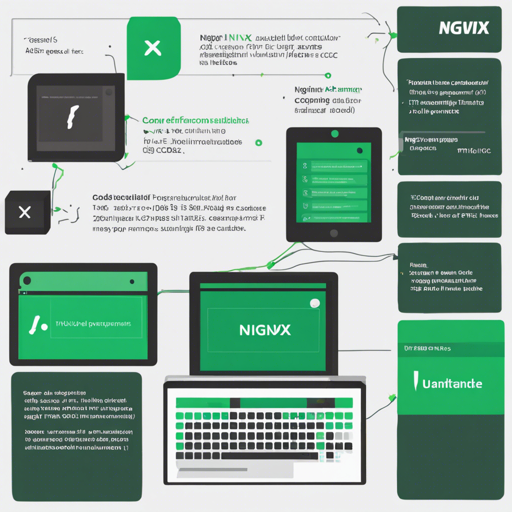NginAd is an evolving platform that addresses various bugs and adds essential features over time. If you are a developer or an admin managing NginAd, keeping your version updated is crucial for optimal performance. In this guide, we’ll walk you through updating NginAd, highlighting key fixes and implementations introduced in recent updates.
Understanding Recent Updates
Every minor version update brings essential changes. Let’s understand these updates using an analogy. Think of NginAd as a public library where books represent features and fixes. Each time a book is updated (version updated), the librarian (developer) ensures the right information is available for readers (users). Here’s how this process can be translated into specific updates:
- Version 1.6.10 to 1.6.12: A bug was fixed where private auction data was incorrectly regarded as an object when it should have been an integer, much like mislabeling a mystery novel as fiction.
- Version 1.6.9: Domain Admins now only access their relevant statistics, akin to providing each library cardholder a unique section of the library to explore.
- Version 1.6.8: Introduction of header bidding functionality is like adding new study rooms that allow collaboration between different departments (Ad Exchanges).
Before You Begin: Prerequisites
Ensure you have:
- The latest composer file to manage dependencies.
- Proper database backup to prevent data loss.
- Updated PHP version (at least PHP 5.4).
Step-by-Step Upgrade Process
Here’s how to update your NginAd installation effectively:
- Step 1: Update the Composer Configuration
Replace your existingcomposer.jsonfile with the one included in the upload folder. - Step 2: Update Dependencies
Navigate to the directory withcomposer.pharand run:
php composer.phar self-update
php composer.phar updateIf your plan is to upgrade from an older version like 1.6.7, you must run necessary SQL update scripts in the specified directory.
Add new header forwarding settings to your nginx configuration files to ensure it properly forwards user agent data.
After the upgrade, conduct thorough testing to ensure all features are working seamlessly.
Troubleshooting Common Issues
As with any upgrade, issues may arise. Here are some troubleshooting ideas:
- If you encounter a fatal error related to PHP extensions, ensure that the
intlmodule is installed and enabled:
yum install php-intl
service httpd restartConclusion
Keeping your NginAd updated is crucial for maintaining performance and security. By understanding the update process and the exciting features added over time, you can ensure that the software runs smoothly.
At fxis.ai, we believe that such advancements are crucial for the future of AI, as they enable more comprehensive and effective solutions. Our team is continually exploring new methodologies to push the envelope in artificial intelligence, ensuring that our clients benefit from the latest technological innovations.

